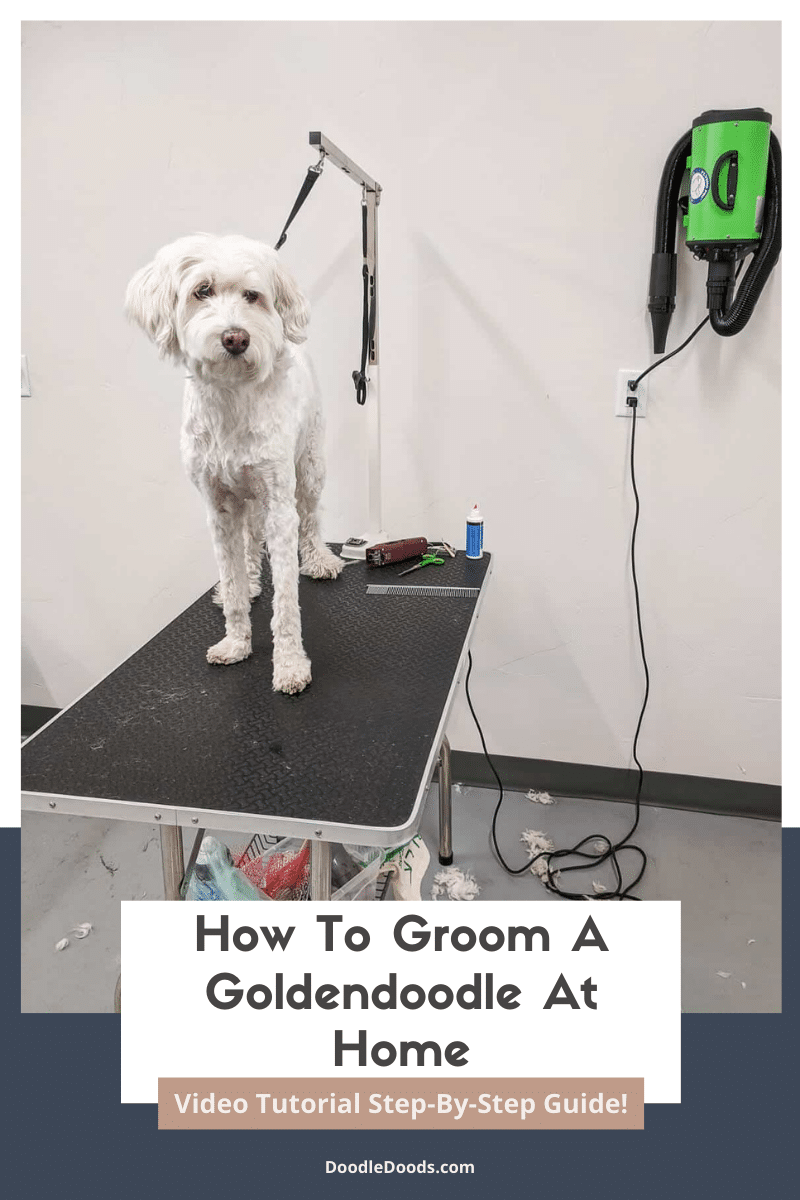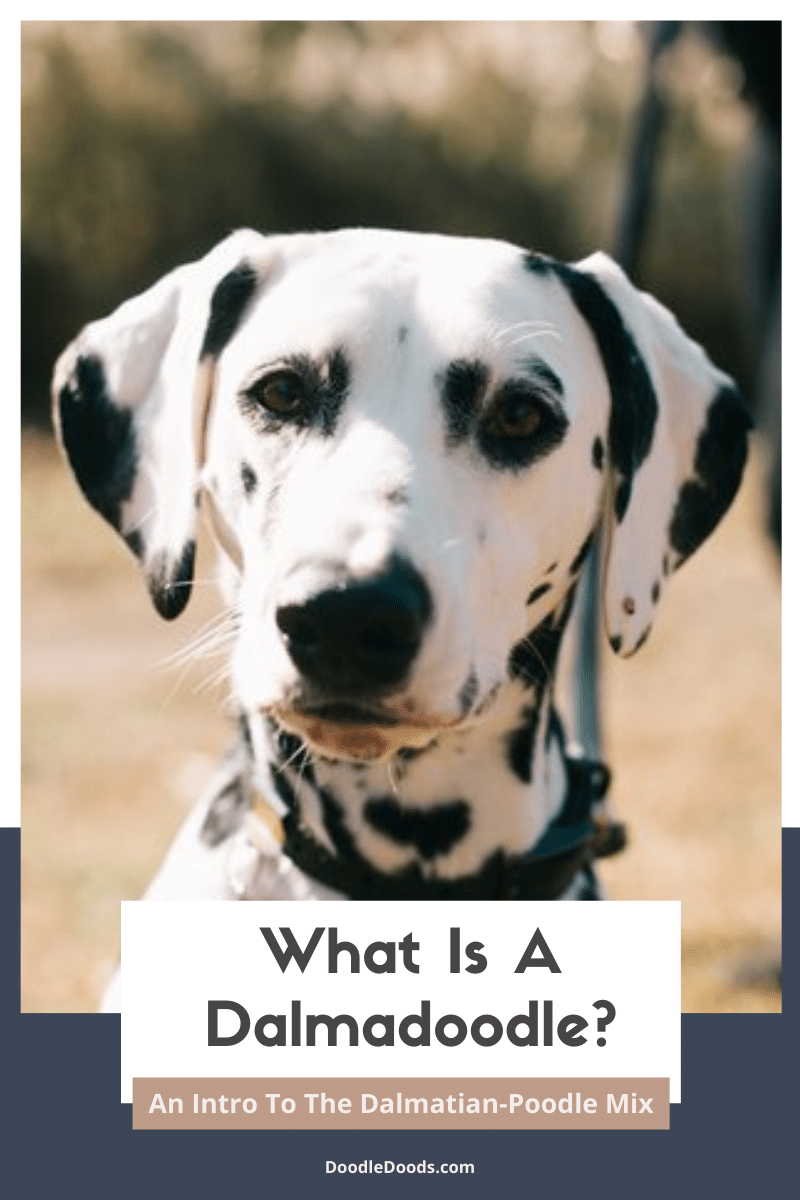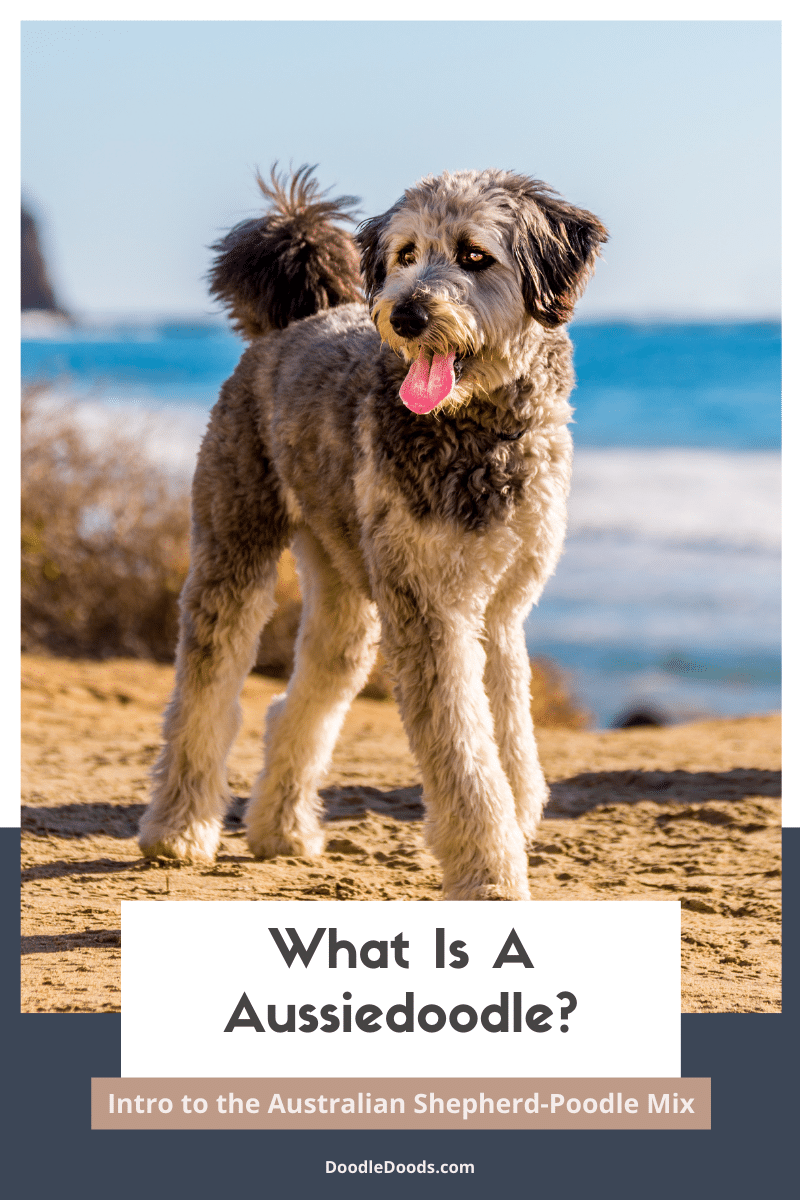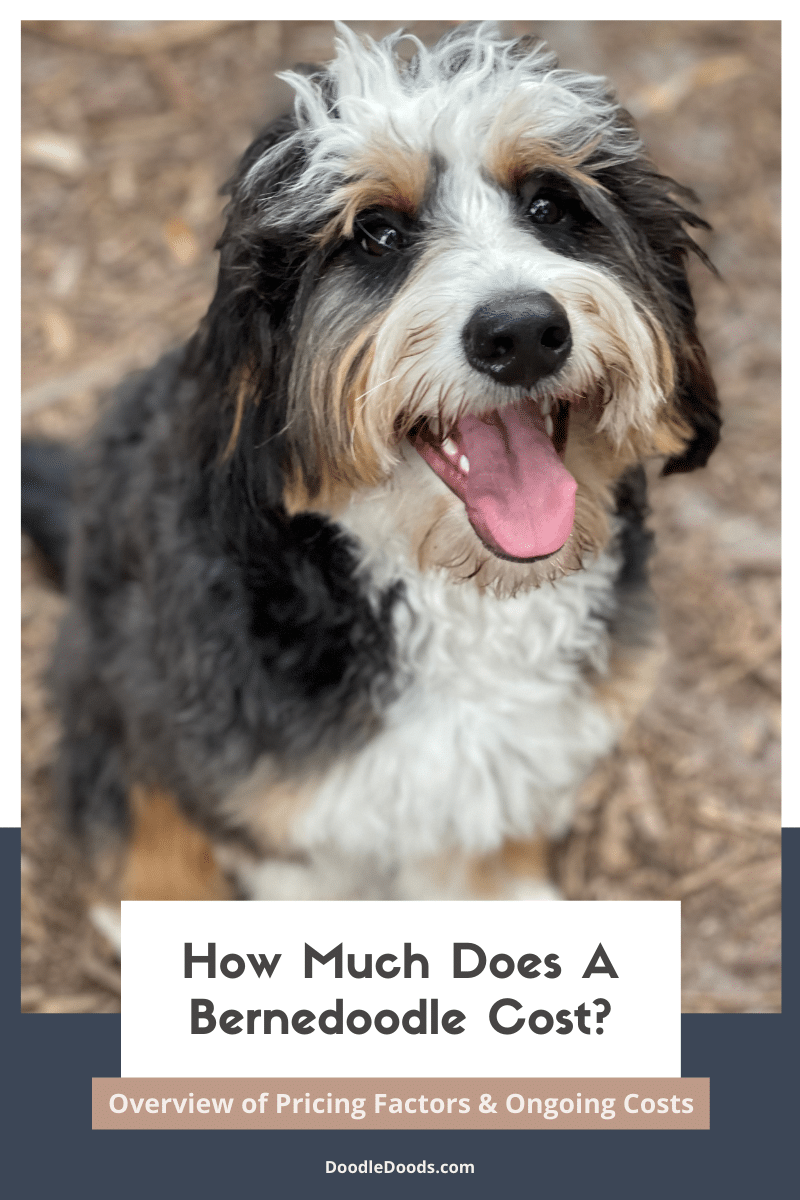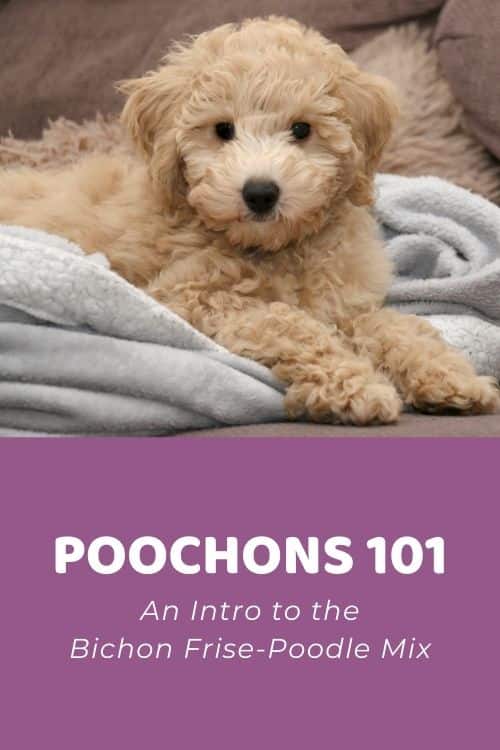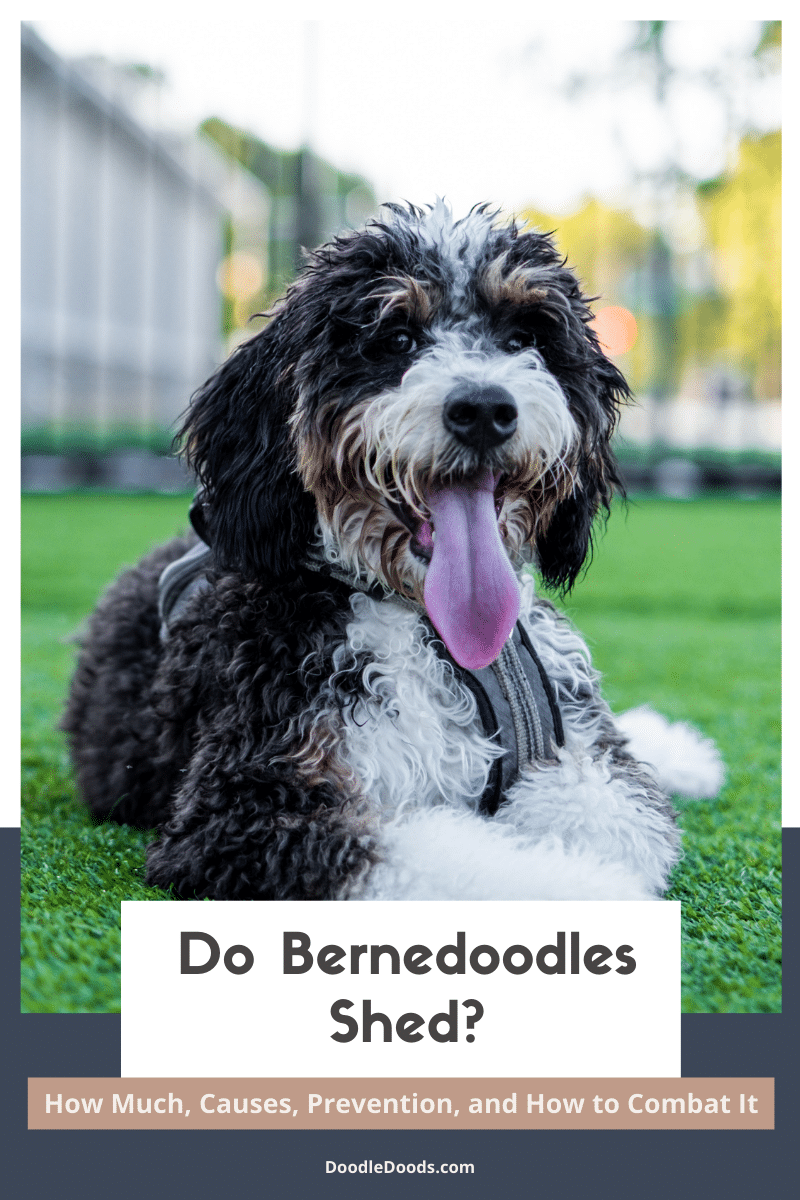Doodles have quickly become firm favorites in households up and down the country. People love them as much for their long-limbed enthusiasm and teddy-bear good looks as for their low-shed coats. However, while Labradoodles, Goldendoodles, and even Cockapoos have quickly made a name for themselves, there are plenty of lesser-known Doodles that make excellent pets. Westiepoos are one of them.
Perfect for families or individuals with limited living space but plenty of enthusiasm for the outdoors, Westipoos are cute, feisty, and brimming over with personality. Adopting one of these dogs might well be one of the best things you ever do. If you are thinking of taking the plunge, you’ve come to the right place. Here we detail just about everything we could find out about these darling dogs, from how they look to how they are. Happy reading!
Table of Contents
- What Exactly is a Westiepoo?
- 3 Interesting Facts About West Highland White Terrier-Poodle Mixes
- Westiepoos: Physical Appearance
- Westiepoo Pictures
- Westiepoo Size
- Westiepoos: Personality & Temperament
- Westiepoos: Variations & Generations
- Westiepoo Health
- Westiepoo Exercise & Training
- Westiepoos: Coat & Grooming
- Where Can You Get Westiepoo Puppies?
- Westiepoos: Frequently Asked Questions
Learn How to Care for Your Doodle Puppy!

Perfect for first-time Doodle parents, get ALL your questions answered, including questions new Doodle parents don’t even think to ask.
Plus, get $700 worth of Bonus Materials for FREE, including:- Doodle Parenthood Community and Support Group ($190 value)
- Doodle Puppy Growth Tracker ($20 value)
- EMERGENCY Cheatsheet: When To Call The Vet Immediately ($50 value)
- HELP! Button ($145 value)
- And SO MUCH MORE!
What Exactly is a Westiepoo?
While Westiepoos are increasingly on the prospective pet parent radar, the truth is these guys are relatively new Doodles. This means there aren’t any specific appearance or temperament standards as there tend to be with pedigree dogs and more established Doods. However, their parent pups have been around for decades, so we know plenty about them. Looking at information about these dogs can teach us much of what we need to know about Westiepoos.
West Highland White Terrier
As you might expect from the name, West Highland White Terriers originated in Scotland. They were created to hunt different types of small animals, such as foxes, otters, and rats. Beyond that, we don’t know too much about these darling dogs; aside from (the story goes), their white coat is linked to a tragic hunting accident where one of these dogs (back when they were wheaten colored) was mistaken for a fox and shot and killed. The owner then decided to only breed white dogs to ensure this never happened again.
Poodle
It’s often surprising to people to hear that Poodles were once (and very much still are) working dogs. Rather than hunters themselves, these fun, curly-haired hounds were kept as retrievers, diving into icy lakes in Germany and then the rest of Europe, to fetch waterfowl shot down by their masters. While this is the origin story of the Standard Poodle, the other two sizes: Miniature and Toy, were bred later when people started to catch on to what wonderful companion pups these super-intelligent, people-loving dogs made.
3 Interesting Facts About West Highland White Terrier-Poodle Mixes
- Westiepoos, like many other Doodles, are referred to in an assortment of ways. More common among these is Westiedoodle and the comical-sounding Wee-poo.
- Unlike many other Doodles, however, Westiepoos only ‘come in’ one size at present. Yet, given that both Miniature and Toy Poodles are used in breeding, the parameters are pretty broad.
- While Poodles are well-known clever canines, West Highland White Terriers are right up there in the brains department too. So, when you get a Westiepoo, you’ll be dealing with a very smart dog indeed.
Westiepoos: Physical Appearance
When it comes to mixed-breed dogs, it’s tricky to pin down any hard and fast rules on what they will look like as adults. This is certainly true of the sweet Westiepoo, who could take after either of their parents in terms of their appearance. Even puppies from the same litter can vary quite wildly. That’s just the nature of the beast when adopting a Doodle.

So, for instance, your Westiepoo could have the long, lean Poodle limbs or the shorter, stouter, and more rectangular build of the West Highland. In terms of colors, the West Highland obviously only brings shades of white to the mix. On the other hand, the Poodle comes in a rainbow array of hues. So the more Poodle genes a pup has, the more of a chance for different colors. With a 50/50 split, these dogs tend to be white or cream, although sometimes you might see black or tan appear too.
Westiepoo Pictures
Simply click on the links below to view photos of the Westiepoos.
| Photo Link | |
| Apricot Color Westiepoo | @our_rubi_poodles |
| Black Westiepoo | @boris.the.westiepoo |
| Black and White Westiepoo | @leia_the_westipoo |
| White Westiepoo | @my_lil_leo |
Westiepoo Size
While Westiepoos are only a single size, as West Highland Terriers can be bred with either Miniature or Toy Poodles, they can vary quite considerably from 20 to 35 pounds in weight and 10 to 17 inches in height to the shoulder. These dogs fit firmly into the ‘small dog’ category. They achieve their mature size between 8 and 12 months, with smaller pups getting there first.
Westiepoos: Personality & Temperament
Westiepoos adore human interaction. They love nothing more than quality time with their family, either cuddled up on the couch or out on a fun, lively adventure. Westies get along well, even with strangers. However, being at the more vocal end of the doggy spectrum, they’ll always let you know when someone (anyone) is about. Noise reduction is just one of the many good reasons why early socialization is essential for these pups.
Unlike lapdogs, Westiepoos don’t tend to attach themselves to one family member. They will form strong bonds with anyone who takes the time to give them some affection. These pups do very well with older children who will play games with them and give them the attention they yearn for. They can also do well with younger kids as long as they have been taught to behave appropriately around dogs.
However, Westies have a pretty strong prey drive. That’s something to keep in mind when considering adding one of these dogs to your household. They might not do well in a cat-friendly household or around any rodent pets. Chasing small furry things is a strong instinct for them, and so this will be tough, if not impossible, to train them out of.
Great companions and family dogs, the downside of these cute canines being such people-focused pups is that they don’t deal well with being left alone. If you’re away from the house for long periods each day, then Westiepoos are not the dogs for you. They suffer seriously from separation anxiety, and it can bring out the very worst in them – noise and destruction. Interactive toys can help ward off such behaviors but only when these dogs are left alone just for short periods.
Westiepoos: Variations & Generations
If you’ve had a lot of contact with any “Doodle people,” you may have heard them bandying around confusing terms relating to “generations” and comparing mysterious subjects known as “F1B” or “F3”. No mystery… what they’re referring to here is the generation of the dog in question.
When it comes to hybrid hounds, there are an array of breeding possibilities. While the most obvious choice is to pair two pedigree parents (first-generation), sometimes breeders opt to “backcross” litters either with Poodles for more of those “hypoallergenic” genes or with other generations of Doodles for better control of certain desirable traits.
These are the more common Westipoo combinations:
| 1st Parent | 2nd Parent | % West Highland White Terrier* | % Poodle* | |
| F1 Westiepoo (first-generation) | West Highland White Terrier | Poodle | 50% | 50% |
| F1B Westiepoo (first-generation backcross) | F1 Westiepoo | Poodle | 25% | 75% |
| F1BB Westiepoo (first-generation backcross backcross) | F1B Westiepoo | Poodle | 12.5% | 87.5% |
| F2 Westiepoo (second-generation) | F1 Westiepoo | F1 Westiepoo | 50% | 50% |
| F2B Westiepoo (second-generation backcross) | F1 Westiepoo | F1B Westiepoo | 37.5% | 62.5% |
| F2B Westiepoo (alternate cross) | F2 Westiepoo | Poodle | 25% | 75% |
| F3 / Multigen Westiepoo | F1B Westiepoo or higher | F1B Westiepoo or higher | Varies | Varies |

That being said, Westiepoos as newer Doodles are most likely to be found in their so-called original form – meaning first generation. Maybe later down the line, other versions will arise that will bring in interesting traits, including a greater range of coat colors and patterns, and, for some, more importantly, stabilize others, making it easier for prospective pet parents to know just what they are getting from their pup.
Westiepoo Health
Like most smaller dogs, Westiepoos benefit from a nice long lifespan of between 12 and 15 years. Although, with the proper care and attention, they can live even longer than this. One of the key reasons for this is that their more varied genes give them good health making it less likely that they will suffer from the heritable conditions that impact their parents. That being said, there is a chance, albeit a much smaller one, of the following problems, arising:
- Hip dysplasia – a weakness of the hip joint whereby the bones grind against one another. This can cause pain with movement and so affect your pet’s natural gait.
- Epilepsy – a chronic condition of abnormal electrical activity in the brain that causes seizures. These often involve convulsions – jerking or shaking moments.
- Cardiac disease – heart problems can be inherited or acquired later in life. Smaller breeds are more at risk, especially as they start to get on in years.
- Ear Infections – dangly hairy ears can all too easily trap dirt, dust, and even moisture creating the perfect environment for bacteria and fungus to thrive.
- Allergies – intolerances to food ingredients can cause symptoms such as gastrointestinal upsets and skin soreness, redness, and inflammation.
- Dental Issues – aim to brush your pup’s teeth regularly and provide treats that will remove dirt and plaque from their teeth and gums while chewing.
Westiepoo Exercise & Training
With two working dog parents (kind of), these dogs may be small, but they are highly active. Westiepoos are definitely not your garden-variety lapdog. If you do adopt one of these dogs, you’ll need to make sure they get plenty of exercise. This should include brisk walks of around 45 minutes per day and lots of time off the leash, too, where safe so that they can burn off some of that tremendous energy.
However, a word of caution, that high prey drive we mentioned earlier, inherited from their Westie parent, who were, if you remember, bred with the very intention of chasing small furry things, means you’ll need to be extra vigilant when letting your pet off the leash. Westiepoos are liable to dart after any smaller, fast-moving things around – squirrels and the like which could put them in danger if any roads get in the way of this.
A perhaps more pleasant pass on from the parent breeds is super intelligence. Westies are known to be every bit as clever as Poodles, and, for this reason, these dogs should do well with training. You just need to ensure you employ the right methods to keep things interesting. Westiepoos aren’t stubborn as such, but they need to know what’s in the training for them. That’s why positive reinforcement methods are the best way. If you need a little help with this, check out Baxter and Bella’s Online Puppy School.
Westiepoos: Coat & Grooming
A Westiepoo’s coat tends to be of a medium length and thickness and wavy rather than curly like the Poodle one. It may be wiry and coarse or soft and smooth depending on who they take after the most. Either way, their coat keeps them reasonably well protected in both hot and cold as long as you take standard precautions such as avoiding the hottest part of the day and providing a suitable dog coat for particularly cold days.
The great news about Westiepoos is that no matter which parent they take after, they will be low shed. However, if the Poodle genes are dominant, you should know that you’ll be in for many more brushing hours. Curly coats are far more susceptible to knots, tangled, and matting. While regular trips to the groomers for bathing and trims will help, you’ll probably need to take a brush to your pet’s coat daily. Check out our dedicated grooming articles for help with dealing with a Doodle coat.
Where Can You Get Westiepoo Puppies?
Getting your hands on a Westie might be a little trickier than finding other Doodle variations. If you are lucky enough to find one, you’ll be looking at somewhere between $1,000 and $2,000 for a puppy. Anything less than this, and you may be dealing with a scammer or a puppy mill. Both are to be avoided, the former because they likely don’t even have puppies for sale, the latter because they care more about profit than the health of their dogs.
Finding a reputable breeder takes careful research. A great place to begin is on expert sites like this one that provide recommendations based on numerous reviews. Check out our breeder directory for options in your local area. It’s also a good idea to check the facility’s website and the reviews yourself before buying. Don’t just rely on testimonials; search for real details on third-party sites such as social media platforms and places like the Humane Society’s website, which lists some of the more notorious puppy mills.
Westiepoos: Frequently Asked Questions
Being part of the Doodle family gives Westies a health boost in terms of them benefitting from a more diverse gene pool. This makes it less likely they will inherit common canine conditions. Picking your pup up from a reputable breeder takes this one step further as the best facilities carefully test their breeding animals so you can be sure that they won’t pass on nasty problems to their puppies.
While thoughts on water is a matter of personal taste, some dog breeds are more inclined to be water lovers than others. The Poodle is listed among these (although this doesn’t always follow through with the smaller varieties). West Highlands, though are more of a mixed bag. Their breeding doesn’t have anything to do with water as the Poodle’s does, so you can’t be sure your Westiepoo will like spending time in the water.
Westiepoos, with their two diminutive parents, fall within the size parameters of a small breed. Therefore you can expect your full-grown Westie to sit between 20 to 35 pounds in weight and 10 to 17 inches in height to the shoulder. For a more specific size prediction for your puppy, it’s a good idea to ask the breeder. They will obviously be able to let you know which Poodle was used in the breeding and the size of the non-Poodle parent too.
If you’re looking for an apartment-sized Doodle with plenty of panache, look no further than the Westiepoo. No wall-flower, one of these dogs will keep you on your toes and no mistake! Not only are they incredibly active for their size, but they come equipped with some serious canine smarts that mean they will be quickly running rings around you if you let them. However, once you let one of these cuties into your home and your heart, you’ll find it hard to believe that you ever managed without them.




